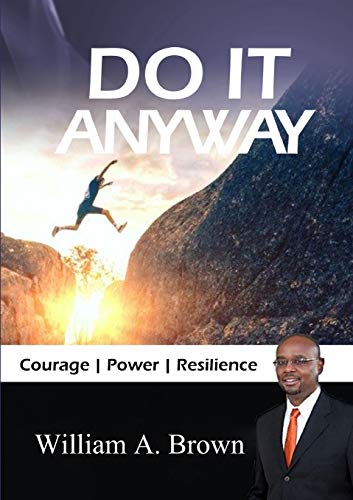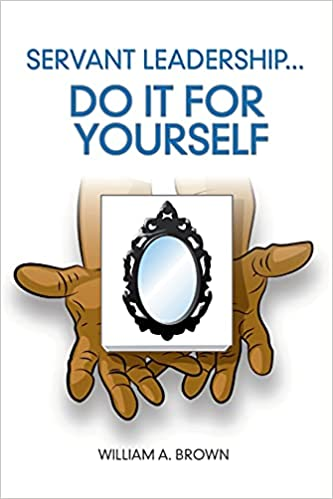Article-Detail
Don't Dither
I recently had a conversation with a friend about an issue that is becoming a problem in his office. Recently, his boss has been holding daily meetings that last 2-3 hours where the leadership team is expected to weigh in on the boss’ every decision. During our discussion, he described in frustrating detail how his boss refuses to make a decision on anything and instead slogs his executive team through his every thought process. The team complies with the boss, afraid to say anything, but the time sucking journey is becoming a problem with their perception of the leader, and these meetings are keeping them from the work their teams do. For an executive team to meet is not uncommon, in fact meeting is good for camaraderie and better decision making but dithering on every minute decision is the mark of an insecure boss. Worse, dawdling over decisions because of what people will think or what your bosses will do diminishes the leader in the eyes of the team. Further, if you are in the position of having to ruminate about your bosses opinions of your decisions, your problems are much bigger than decision making and dithering is not helping.
Delaying a decision, or indecision, are decisions too. General George Patton famously said, “A good plan today is better than a perfect one tomorrow” meaning if the plan works roll with it rather than delaying when perfect won’t solve it any better. There is a business maxim, “Perfect isn’t profitable”, meaning it takes too much time and money to create the perfect product. Paying customers will pay for whatever fills their need at the time so create. Over time, with customer feedback, you can improve your product moving closer and closer to perfect while making money with each iteration. The same principle is at work in decision making at work, a longer than necessary process rarely produces decisions that work significantly better than you could come up with in a reasonable amount of time. Yes, some decisions take more time than others, and some require input from various stakeholders. I don’t suggest leaders shoot from the hip, that would be an even bigger mistake. What I am suggesting is that having a simple process could reduce the agony, help you make solid decisions while making the most of your resources.
Here are a few steps you can use to create your own Decision Making Process.
1. What is the problem? Take time at the beginning to decide whether this is a real problem or Chicken Little screaming that the sky is falling. Can you solve it? Can someone near the problem solve it? Has it been successfully dealt with in the past? What are the essential pieces? If a decision can be made by you or someone close to the problem then do it, do not bring unnecessary people into the process that doesn’t require them, they will resent you for it. Further, having too many people will complicate a simple problem. If the problem requires group think, then bring in the people necessary; keep it simple.
2. What are the possible solutions? This time is for brainstorming. Put all ideas on the table without judgement or criticism. Most of these ideas will not make it off of the cutting room floor but elements of them may be used in your final course of action. It's important that everyone has a chance to speak and to put their ideas on the table 1. Because there are good ideas out there that may not occur to you and 2. Your final solution will get more support if everyone has a chance to be heard.
3. What are the best of our ideas? Look at your list of solutions and determine if you have the resources (money, people) to execute them. Eliminate the ones that can’t be executed. Which ones are most likely to solve the problem now and in the future? Which ones can be done while exhausting the least amount of energy? Which are the best. It is likely that one has risen to the top, it is also possible that you have more than one viable solution. Take the best of your ideas and prioritize them to the top, discussing only them.
4. Put it together. Your solution may come in the perfect package during brainstorming, it is more likely that elements of a number of ideas can be combined to make the best solution. Assemble as appropriate.
5. Move. Once you have a workable solution to your problem, decide and move forward. It doesn’t have to be perfect, roll it out. You can make it better moving forward. If it fails, and many ideas do, you can return to the table and have a more informed discussion with your team. The goal is to put people in position to be successful in their work, so make the best decision you can with the information you have and go!
Occam’s Razor, also known as the Law of Parsimony, suggests that the simplest answer is likely the right one. William of Occam lived in the 800 years ago but his sentiments here are spot on, rather than spend an unreasonable time toiling over options, choose and improve as needed. Understand what you are dealing with, is it the problem or is it the agenda of a stakeholder? Boil it down, eliminate barriers, and make a decision and, most importantly, don’t waste time dithering.
You dug the hole, start digging your way out. If you find yourself in a situation where you are so insecure about every decision you make that you need to call a meeting to make it, chances are you are already in too deep. An exaggerated decision making process will not resolve this problem. It is more likely that your decision making got you into this predicament and it's your decision making that will get you out. If you are feeling low, bringing your people low with you will not elevate you, instead it will further reduce you in their eyes. Chances are that your situation isn’t as bad as it feels either. Having a solid process for decision making and empowering your people will go a long way toward making people feel better about you as a leader. So get to it. Don’t dither, make good decisions, and SOAR!
William A. Brown
December 20, 2020
Why Good Is Better Than Perfect (forbes.com)




